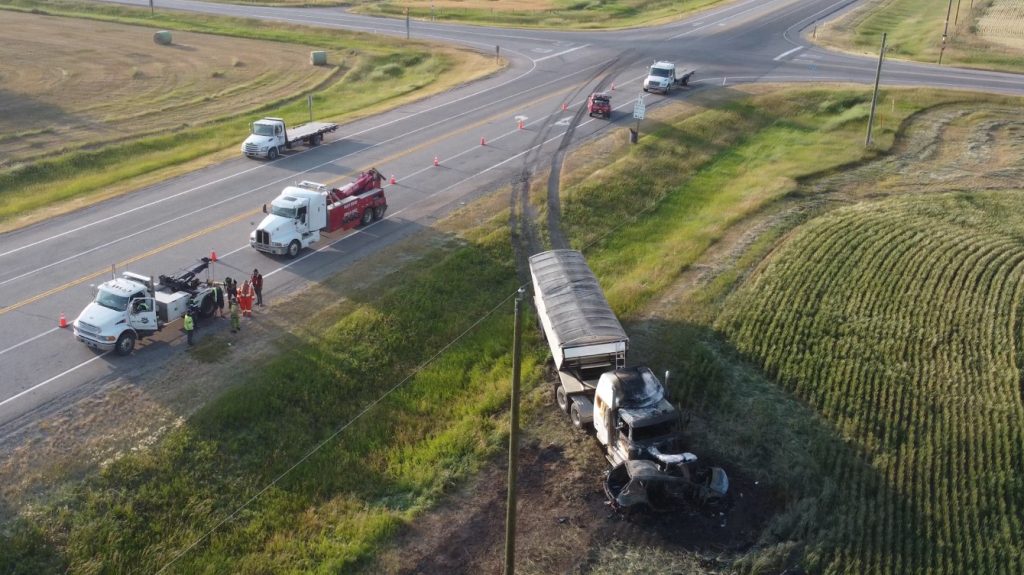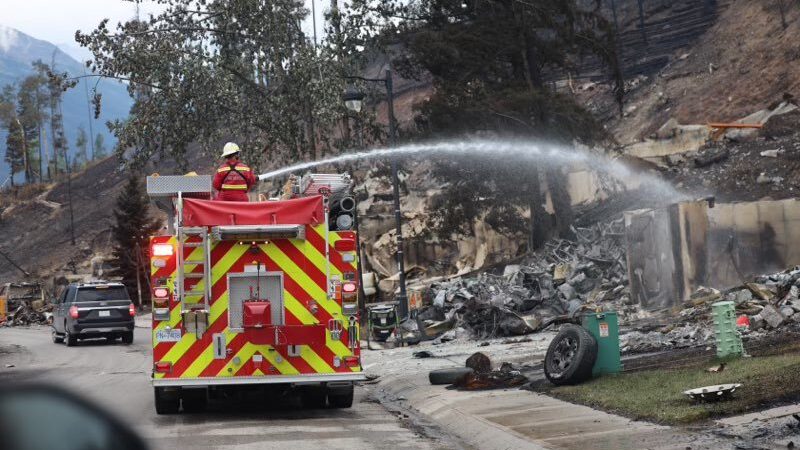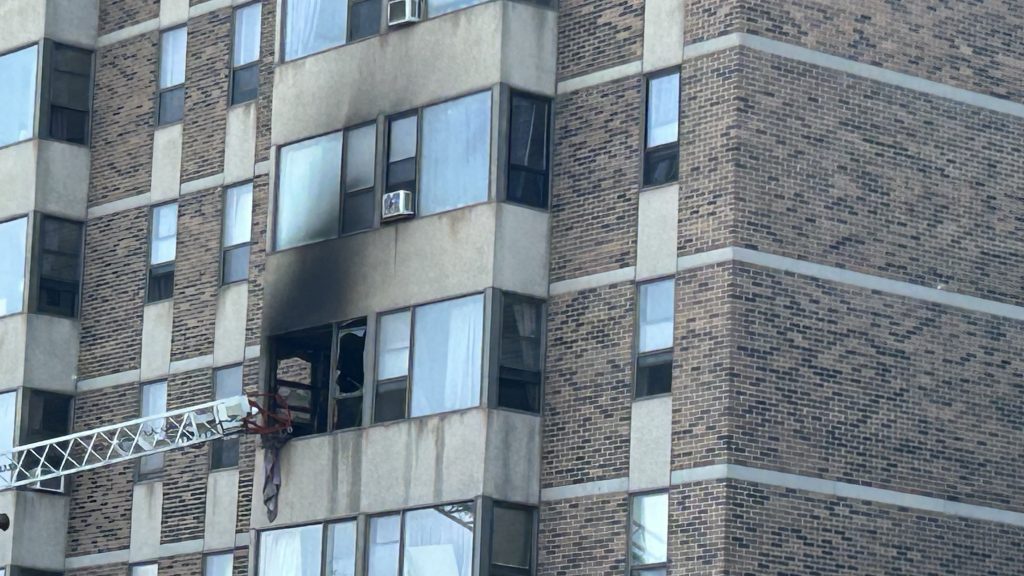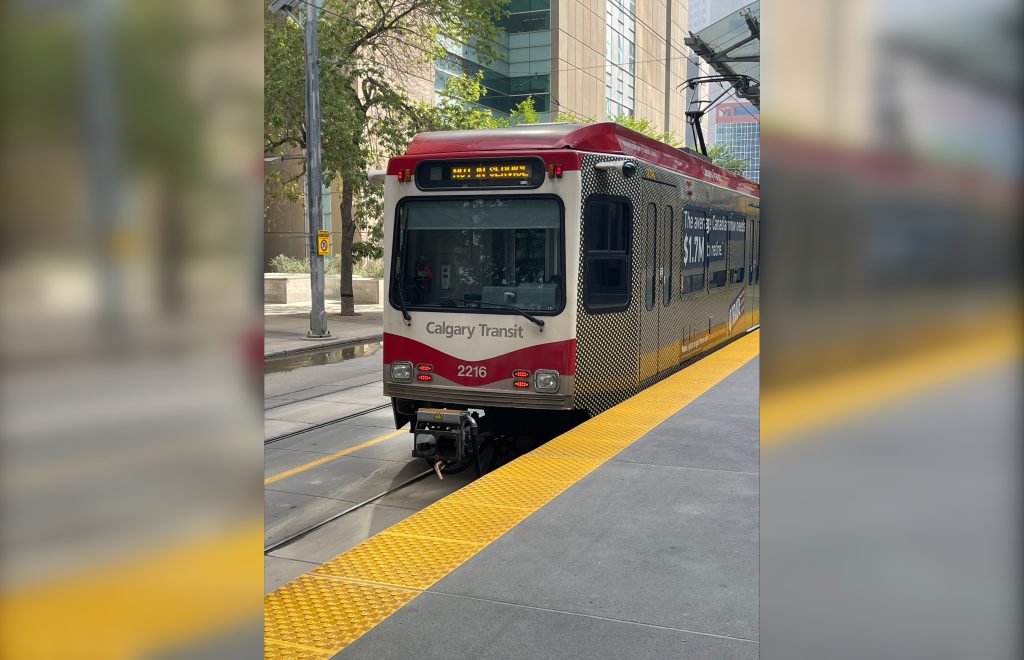‘Bottlenecked’: Alberta women’s shelters turn thousands away, report says
Posted Dec 7, 2022 6:17 pm.
Last Updated Dec 7, 2022 6:53 pm.
According to a report released Wednesday, Alberta women’s shelters have had to turn away thousands of women fleeing domestic violence due to staffing issues and capacity.
The Alberta Council of Women’s Shelters (ACWS) put together the data from Apr. 1, 2021, to Mar. 2022, and comes from 50 shelters across the province.
The report states that 11,546 requests were turned away due to shelters being at physical capacity. In addition, 6,241 children would have accompanied them had there been space.
Another 7,570 requests from women and seniors saw them turned away for “other reasons,” along with 3,336 children.
Linda Mclean, executive director of the Brenda Strafford Foundation — Heart Home Network in Calgary, says resources are mission critical for them to able to help the number of people fleeing domestic violence and to deal with the high numbers.
“Simply put, the demand is exceeding our resources,” Mclean said.
“The issue we have is that we’re bottlenecked. We are not able to admit people to second-stage shelters. And we’re also not able to exit people because right now, the options in terms of affordable housing and community are almost non-existent.”
The report said people who use substances could negatively affect children and other shelter residents. People with mental health concerns might be turned away because the shelter doesn’t have resources to address them, it added.
Jan Reimer, executive director of the ACWS, said in a video released Wednesday that those are not just statistics but “living, breathing Albertans — many of whom are in severe danger.”
Women’s shelter in need of resources
The report says shelters received 65,390 calls for help, and about 25,530 of those callers requested admission. About 16 per cent of those calls led to a woman being admitted, says the report.
“Shelters are under-resourced,” the report says. “This means not everyone gets the help they need.”
The ACWS reports say survivors spent an average of six months on a waitlist, while those with children spent on average of 1.5 months on a waitlist. Capacity and lack of space were attributed to the increased waitlists.
When people are turned away from a shelter, Mclean says shelters often have limited options for a safe place to stay.
“We personally know of women and children who are sleeping in cars right now. We know of women and children who’ve been sleeping rough,” Mclean said of those waiting for access to second-stage shelters, a place for those transitioning out of a shelter.
“And in even more cases, women are making the terrible choice to just return to their abuser. They’re giving up. They’re feeling like the system has failed them. And they’re turning around and going back into that situation, which we know can lead to tragedy.”
The ACWS says 72 per cent of survivors were at “severe or extreme risk of being killed by their partner or ex-partner.” That number increases to 85 per cent for second-stage shelters.
Mclean is concerned and says shelters across the province are struggling with staffing due to a lack of funding, with some people stepping away from the field to seek opportunities elsewhere.
“We’re losing good people,” Mclean said.
“We’re losing good people to jobs with the province, jobs with Alberta Health Services [and] in other sectors where social workers and psychologists and other helping professions are compensated much more or reasonably.”
The ACWS report says shelters are underfunded, and shelter staff have had frozen salaries for nearly a decade due to the provincial government staffing model, with “few adjustments made to the model since the last century.”
“Our members are under extreme strain due to chronic underfunding and they are struggling to meet the need in their communities,” Reimer said.
“I don’t want this fact, which in itself is deeply troubling, to prevent anyone who needs help from reaching out, but the reality is the sheltering sector in Alberta is experiencing a compounding of pressures on their operations.
“Some shelters are even considering closing their unfunded beds, despite being at capacity every night. Some shelters don’t receive government funding at all.”
Province addresses affordable housing issues, something ‘immediate’ is needed
Jeremy Nixon, minister of seniors, community and social services, said at a news conference about affordable housing Wednesday that he saw the report earlier in the day.
“This is something that’s important to me, it’s important to this government that when people are experiencing domestic violence, that they have somewhere to go,” he said when asked about it by a reporter.
“We are doing and will do everything we can to make sure that individuals fleeing domestic violence have supports, and I am looking into this.”
At the news conference, Nixon announced $55 million over three years so Albertans have more access to affordable housing.
The government said the program is to help public, non-profit and private sectors build more homes for seniors, families, people with low incomes, disabilities and victims of violence.
The plan would see $281 million over three years to provide around 2,300 new affordable homes. In addition, the province expects to see an additional 2,000 jobs added to the province.
Mclean says it’s good news, but more needs to be done to address the current resource problem, saying, “that’s not going to happen tomorrow or next week or next month.”
“It can take time,” she said.
“We could be a year or 18 months out from any new units coming on stream. So yeah, we’re thrilled with the announcement. But it doesn’t deal with the immediate sort of pressures that we’re facing, which is that we need some opportunities to increase capacity when our numbers swell like this.”
She says the province should do more to help with additional staffing, those that can deal with legal situations and mental health issues that can happen at shelters
“Having more mental health clinicians, having individuals with expertise in navigating the legal system, would allow us to better support people and deal with some of that complexity. And it would set them up for success in a way that would be improved,” Mclean said.
“So we are super happy about affordable housing … but we also need to work on the front end here, which is how are we going to deal with some of the crisis issues that we’re in the midst of right now? What can we do to increase capacity? How can we get some injection of funding into the sector that will allow us to expand the services that we’re offering and respond to more women in a timely fashion?”
The ACWS does suggest more affordable housing for Alberta as a solution, which used data from a 2021 “Core housing need in Canada” report. It says one in 10 families in the province could not afford housing. In addition, the report says that renters are more likely than owners to be in need of core housing.
Core housing is when a household’s housing falls below the following indicators: It spends more than 30 per cent of its income on shelter costs, a household lives in a home in need of repairs, and there are not enough rooms, according to the National Occupancy Standard. The latter means a maximum of two people per bedroom, and parents of any age have a separate bedroom from their children.
Current estimates for 2025 are around 65,000 families in Calgary will be in need of affordable housing.
-With files from Henna Saeed and The Canadian Press








